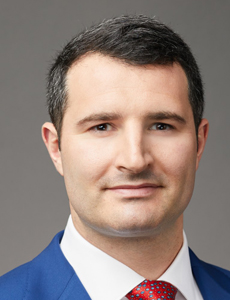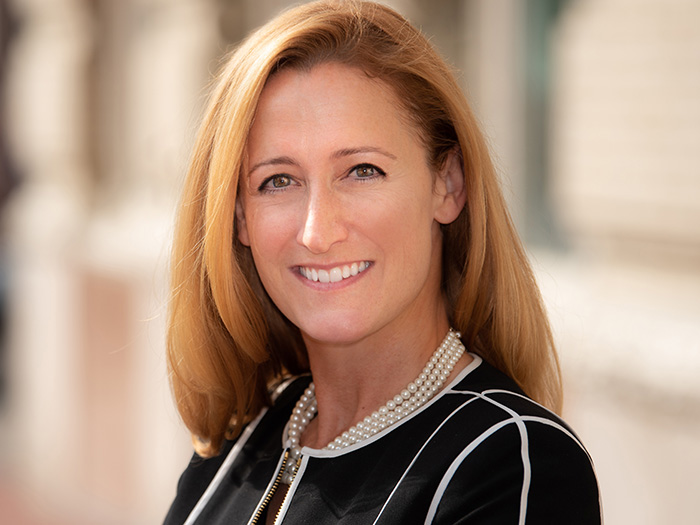D&O Submissions Surging with Wholesale Brokers

Traditionally underwriters have used retail brokers to distribute most of their coverage.
But in an ever-hardening directors and officers (D&O) market, they are increasingly turning to wholesale brokers as a main outlet because of their expertise in handling highly specialized insurance products.
That’s exactly what is happening in the public company D&O market after years of squeezed pricing and rising security class actions and settlements, with the private and financial institution D&O, E&O and cyber sectors not far behind.
“At one point in the late ’90s/early 2000s, wholesalers pretty much owned the market,” said CRC Group’s Western regional director, Garrett Koehn.
“That all changed when retailers brought in their own in-house expertise, but now it’s moving firmly back towards the wholesaler.”
From an underwriter’s standpoint, the benefits of using a wholesale broker are clear: As well as offering a high degree of expertise in specialized markets, they also provide a more targeted distribution channel.
If, for example, an underwriter places its business with 50 retail brokers, its product becomes far more diluted as opposed to using one or two wholesalers.
“The more narrowed the distribution is, the more relevant underwriters become to the wholesale brokers they select,” said Jon Reiner, executive vice president at RT Specialty.
“So if they select the right wholesalers controlling that business, they are going to have a bigger and more impactful portion of that wholesaler’s book of business, just by the nature of the distribution dynamic.”
Preferential Treatment
Underwriters also believe that they get more preferential treatment from wholesale brokers, according to Reiner. Brokers can highlight relevant opportunities to the underwriter and filter out those that aren’t too, he said.
“Distribution has always been a key element to the wholesaler’s value proposition,” Reiner said.
“If the wholesale broker is doing their job effectively and acting as an immediate filter for only relevant opportunities, they can act as a great distribution channel, but also allow the underwriter to spend more time focusing on their product than if they had to service hundreds of different retailer brokers.”
Because of the growing shift in underwriting talent over to the wholesale brokerage side, underwriters also feel more assured dealing with wholesalers they can rely on. It improves the all-round customer experience for retailers and insureds as well.
“A lot of underwriters have realized that by entering the wholesale brokerage space they can quickly separate themselves from the average broker by their product knowledge being of value, so a lot of really talented underwriters have been attracted to our model because they recognize the potential,” Reiner said .
“That’s not going to be short-lived by any stretch, either; there’s a lot of talent gravitating towards the wholesale marketplace.”
That talent is evidenced by the increased level of sophistication among wholesale brokers over the last ten years, said Ben Johnson, senior vice president, wholesale distribution at Ironshore/Liberty Mutual.
Brokers’ ability to put together more creative offerings also appeals to underwriters.
“Last year, for example, we looked at a rep and warranty transaction involving a start up using various alternative sources of collateral that were IT-related,” Johnson said.
“That super in-depth and technical ability is what provides the value add for them.”
Market Dynamics
The primary driver behind this shift of business to wholesalers, though, has been the hardening market, making it more difficult for retailers to place risks, said Dan Fortin, head of executive and professional lines at Berkshire Hathaway Specialty Insurance.
Berkshire Hathaway’s premium generated in the financial lines segments through the wholesale channel has doubled this year, he added.
“Wholesalers have probably been their busiest since the financial crisis and maybe even as far back as the last hard market in 2001/02,” Fortin said.
“That’s because retail brokers are stressed, and they need access to more markets in order to fill out larger programs or more challenged risks like an IPO or risks in certain industry groups such as health care, life sciences or pharmas.
“As a result, retailers are increasingly reaching out to wholesalers to help them access certain non-admitted markets they are restricted from entering.”
The move to wholesale brokers has been turbocharged by the rise in new market entrants looking to distribute their programs, according to Manny Cho, executive vice president of RPS Executive Lines. This is being led by markets such as Lloyds of London, Bermuda and the U.S. carriers starting to offer greater capacity, he said.
“There are a number of U.S. carriers that have more than dipped their toes back in the water because of the attractive rate environment,” Cho said.
“Wholesale brokers are taking advantage of fulfilling that need to distribute product.”
Underwriters are also attracted to the greater distribution potential of wholesalers, said Peter Taffae, managing director at Executive Perils.
“A retail broker may have only five or ten accounts, but if the wholesaler has 10 retailers, it can have more like 100 accounts in total,” Taffae said.
“If the underwriter can build a relationship with that wholesaler, therefore they can get a higher distribution multiple for their product.”
Premium Shift
Reiner estimates that “several hundred million dollars” in premiums have already shifted across from the retail to the wholesale side over the last 12 months. And he doesn’t foresee the trend stopping soon.
“As long as you are providing some value, you won’t be treated as a commodity,” Reiner said.
“The value that wholesalers are providing in these placements is recognized not only by the retail broker, but also by the insured, and hopefully that will precipitate a longer life cycle of this business through the wholesale channel.”
David Lewison, professional lines practice leader at AmWINS, said that his company has seen a 48% spike in private D&O, while policy count has climbed 26%; for public D&O, written premium has increased 77% and policy count by 51%, reflecting a lower rate rise supplemented by more deals written. Written premiums for financial institutions D&O has also advanced 30% and bound accounts by 35%, he added.
“There has been a dramatic increase in submissions,” he said.
“The hit ratio for new business going into wholesale is generally below 20%. So, in order for us to successfully write 200 new accounts, we have to look at over 1,000 submissions.”
Fortin believes this trend will continue for at least the next 12-24 months as demand for wholesale brokers increases because of the hardening market.
If it’s anything like the previous 12 months, that growth could be quite explosive. &













